Sandy Hook, KY | #BluegrassTrails
Part of the mygrassisblue.com #BluegrassTrails series, on the trail of bluegrass history and its pioneers/early protagonists.
– www.fhwa.dot.gov commenting on the Country Music Highway
In Search of Ricky (Skaggs) & Keith (Whitley)
Rural Kentucky is home to many a country and bluegrass music heavy-hitter, two of which – one dead, one very much alive – were of particular interest to us on this day. Ricky Skaggs was born on July 18, 1954, only two weeks after Keith Whitley‘s birth on July 1 of 1954. The eastern Kentucky teenage prodigies fast became musical soulmates after a chance meeting at a regional talent show in 1970. Both were enthralled by the music of the Stanley Brothers, a group that would ultimately launch their professional musical careers – they both joined on as full-time members of Ralph Stanley & The Clinch Mountain Boys upon graduation from high school in the spring of 1971, this famously after Ralph Stanley had ‘discovered’ the teenage prodigies (see below). Thereafter their career paths were very different – Skaggs would go on to be a major star in both country and bluegrass worlds (veteran producer Chet Atkins was famously said to have credited Skaggs with single-handedly saving country music in the early to mid-1980s) while Whitley, enjoying his own short-lived success in country music throughout the 1980s, tragically died of alcohol poisoning in 1989 at the age of 33.
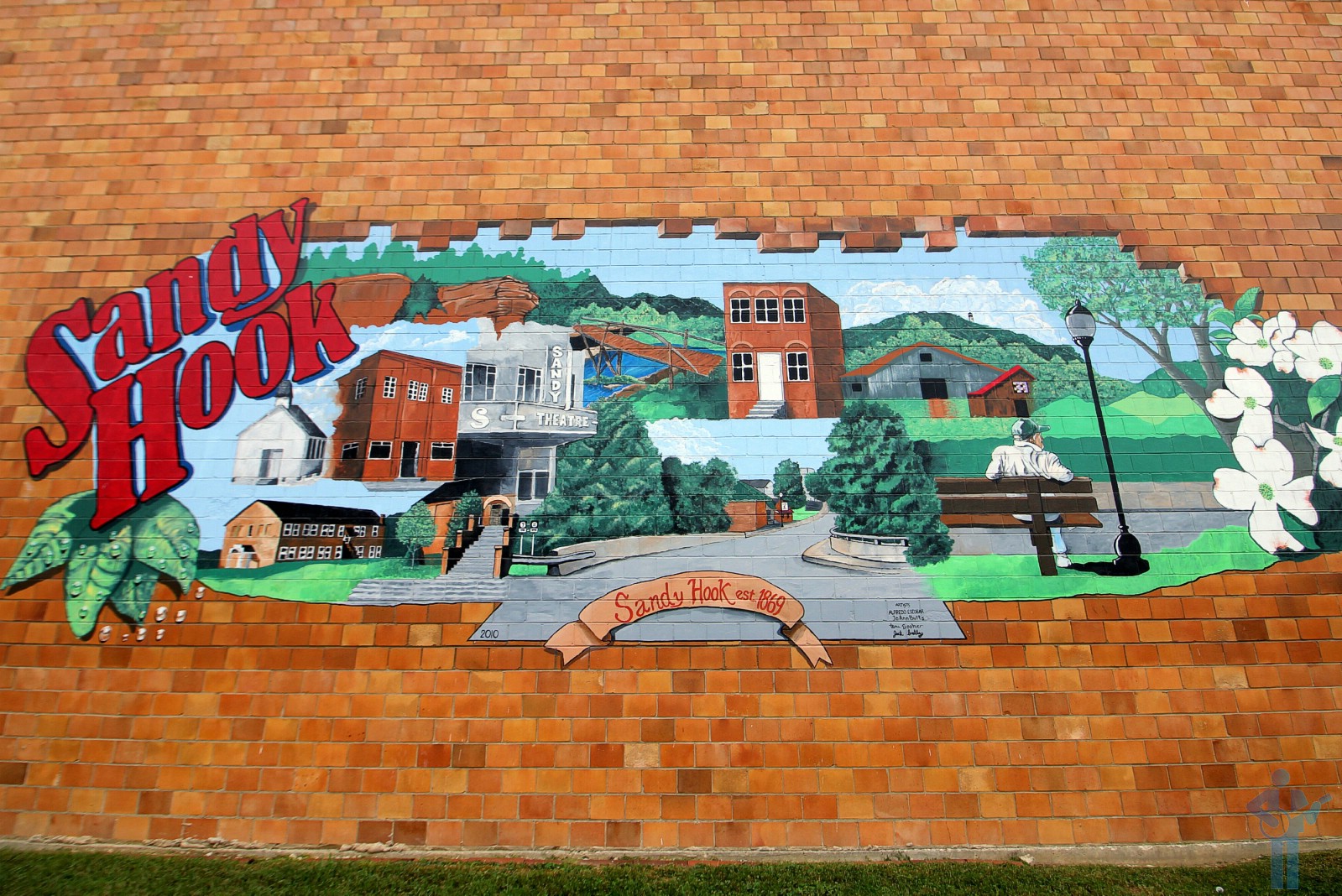
Mural in Sandy Hook, Elliott County, Kentucky. September 26, 2016.
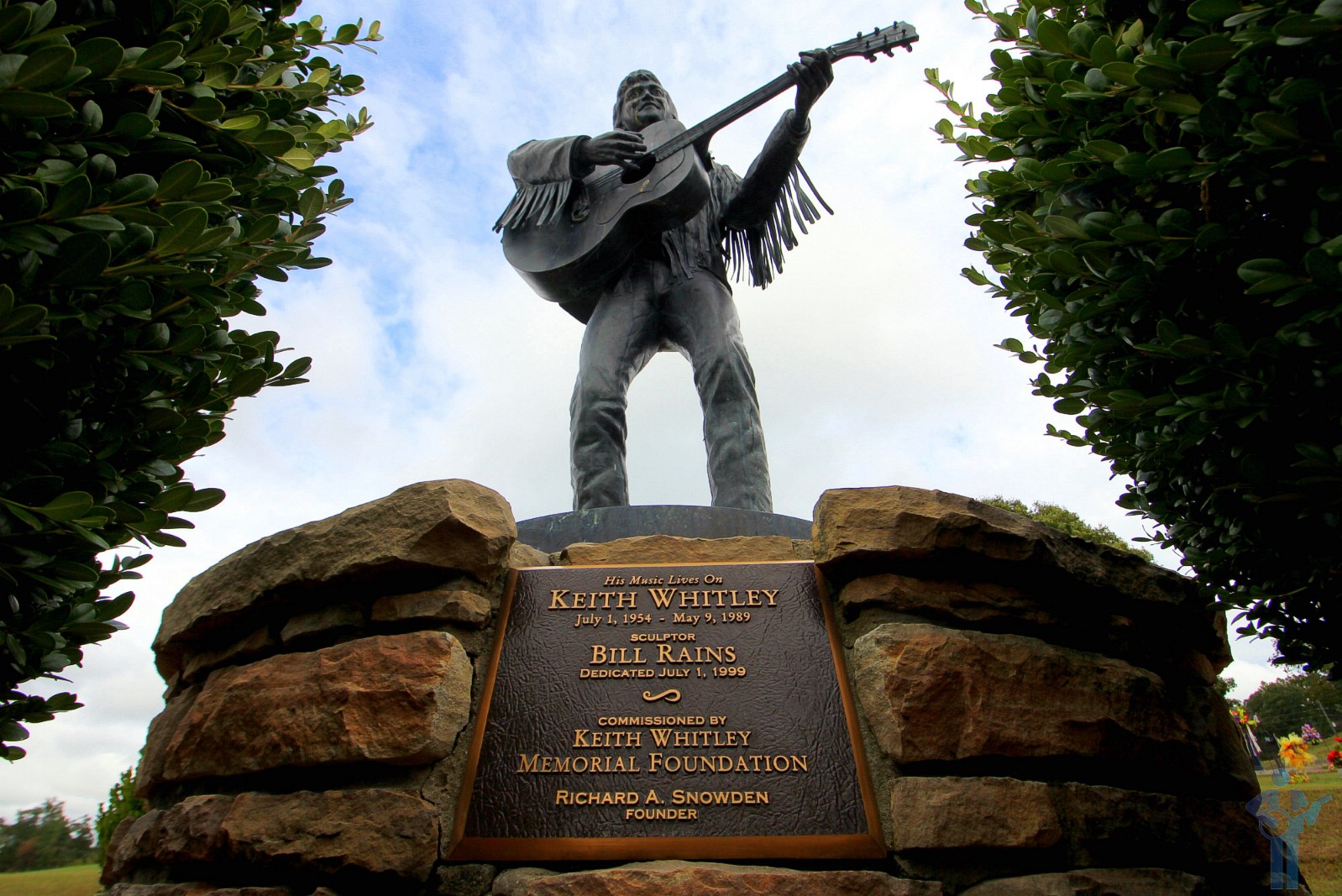
The Keith Whitley statue in Elliot County Memory Garden in Keith Whitley’s hometown of Sandy Hook, Elliott County, Kentucky, correctly notes 1954 as his birth year; his tombstone in Nashville’s
Spring Hill Cemetery erroneously marks his birth year as 1955.
Keith Whitley
We had more success in the town of Sand Hook, a 25 mile drive via Kentucky Route 32 from Cordell. While hardly a metropolis, the town’s population of less than 1,000 still ensured there was more life here than we found in Cordell. Although born in Ashville on Ohio/Kentucky state line, Keith Whitley grew up here in Sandy Hook. Establishing himself as a lead singer in bluegrass with The Clinch Mountain Boys and then J.D. Crowe & The New South, Whitley would then embarked on a short but hugely successful career in country music enjoying Billboard country chart success throughout the 1980s. Hugely influential, he tragically died of alcohol poisoning in 1989 at the age of 33 in what was one of the biggest losses to befall country music.
– From an August 1974 interview with Keith Whitley as published in the Nov. 1975 edition of the now defunct ‘Pickin’ Magazine and reproduced on www.clinchmountainecho.co.uk
Although buried in Nashville, a bronze statue of Whitley strumming his guitar can be found in Sandy Hook’s Elliot County Memory Garden meaning we had more success in Sand Hook than we did in Cordell before it.
Sandy Hook 2017 | The Return
We returned to Sandy Hook in 2017. More bluegrass road-trippin’. Yes, the Keith Whitley statue is still there in the town’s Elliot County Memory Garden and the old timers are still frequenting the Frosty Freeze Restaurant to catch up with the local gossip over some simple, hearty fare. It was all very familiar, and all very familiarly quiet.
– From an August 1974 interview with Keith Whitley as published in the Nov. 1975 edition of the now defunct ‘Pickin’ Magazine and reproduced on www.clinchmountainecho.co.uk
Rare footage of Ralph Stanley & Clinch Mountain Boys (Ralph Stanley, banjo; Roy Lee Centers, guitar; Keith Whitley, guitar; Ricky Skaggs, mandolin; Curly Ray Cline, fiddle; & Jack Cook, bass) in June 1972. Keith Whitley and Ricky Skaggs, both 17 years old at the time (and both weeks from turning 18), get the spotlight for the old Stanley Brothers number, ‘We’ll Be Sweethearts In Heaven’ (from 11:15), which they cut for their January 1971 debut release Tribute To The Stanley Brothers. (21 minutes – Part 1 of 3 – click here for Part 2 (21 minutes) and Part 3 (14 minutes))
Ralph Stanley & The Clinch Mountain Boys (Ralph Stanley, banjo; Curly Ray Cline, fiddle; Keith Whitley, guitar; Troy ‘Renfro’ Profitt, guitar; & Jack Cooke, bass), KET Special, 1977. (58 minutes)
Check out this December 2018 podcast from The Breakdown (52 minutes) when Ricky Skaggs explains how two teenagers attempted to replicate the bygone sound of the Stanley Brothers with their mid-1971 recording Second Generation Bluegrass, while also sharing his final moments with his dear friend and fellow teenage prodigy, Keith Whitley.



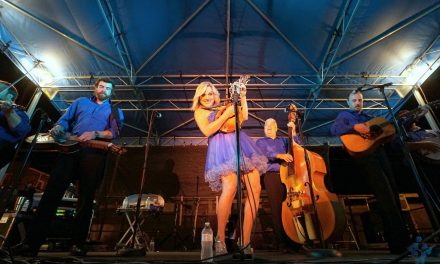
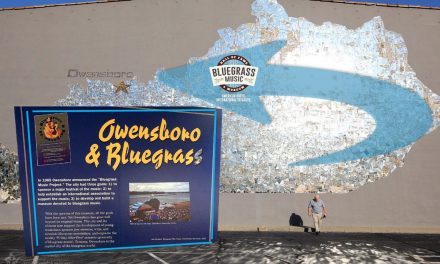
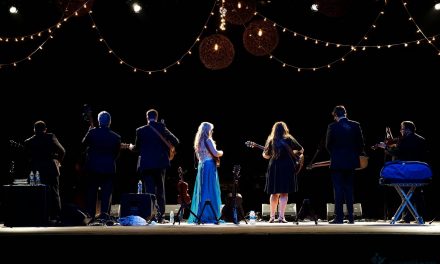

0 Comments